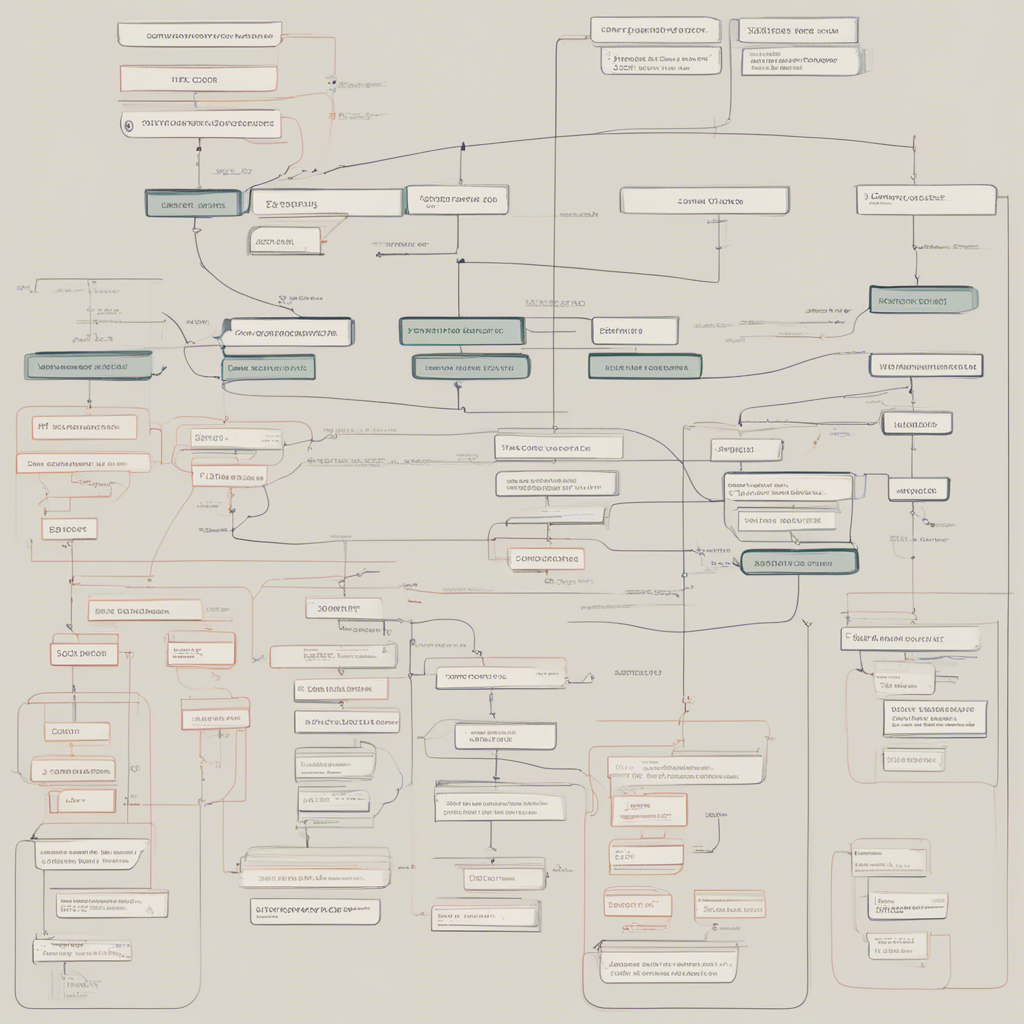
A Step-by-Step Guide to Building Your First Neural Network
Neural networks are a key component of artificial intelligence and machine learning algorithms, enabling computers to mimic the human brain’s ability to learn and make intelligent decisions. Building your first neural network may seem like a daunting task, but with the right guidance and step-by-step approach, you can embark on this exciting journey with confidence. In this comprehensive guide, we will walk you through each step of building your first neural network, from understanding the fundamentals to implementing and training the network.
Step 1: Understanding Neural Networks
Before diving into the technicalities, it’s essential to grasp the fundamentals of neural networks. At its core, a neural network is a computational model composed of interconnected nodes, or artificial neurons, which process and transmit information. These nodes, organized into layers, pass data through mathematical operations, adjusting weights and biases to optimize the network’s output. The most common type of neural network is the feedforward neural network, where information flows in one direction, from input to output.
Reputable references:
- Neural Networks and Deep Learning by Michael Nielsen
- Deep Learning by Ian Goodfellow, Yoshua Bengio, and Aaron Courville
Step 2: Setting Up the Environment
To build and train neural networks, you will need a programming environment with the appropriate libraries and tools. Python, a versatile and widely used language, offers excellent frameworks for machine learning and neural networks. Two popular libraries that provide a high-level interface for building neural networks are TensorFlow and PyTorch. Install either library, following the official documentation and guidelines, and ensure that you have the required dependencies.
Reputable references:
Step 3: Preparing the Data
For any machine learning task, data preparation is crucial. Start by collecting relevant and high-quality datasets that align with your specific problem. Ensure that the data is properly labeled and appropriately split into training, validation, and testing sets. Additionally, preprocessing steps such as normalization, feature scaling, or one-hot encoding may be necessary depending on the nature of the data and the network architecture.
Reputable references:
Step 4: Designing the Neural Network Architecture
The architecture of a neural network determines its learning capability and performance. Begin by deciding on the type of network you want to build, such as a simple multi-layer perceptron (MLP) or a convolutional neural network (CNN) for image processing tasks. Consider the number of layers, the activation functions, and the number of nodes in each layer based on the complexity of your problem. Experiment with different architectures, gradually increasing their complexity, and ensure they are suitable for your dataset’s characteristics.
Reputable references:
- Convolutional Neural Networks for Visual Recognition by Stanford University
- Deep Learning Specialization on Coursera
Step 5: Training the Neural Network
Training a neural network involves iteratively adjusting its parameters (weights and biases) to minimize the difference between the network’s predicted outputs and the actual targets. This process requires a training algorithm and an optimization technique. Popular choices include stochastic gradient descent (SGD) with backpropagation, which efficiently computes the gradients necessary for parameter updates. Additionally, monitor and adjust hyperparameters like learning rate, batch size, and regularization techniques to improve the network’s performance.
Reputable references:
- Deep Learning Book - Optimization for Training Deep Models by Ian Goodfellow, Yoshua Bengio, and Aaron Courville
- An overview of gradient descent optimization algorithms by Sebastian Ruder
Step 6: Evaluating the Neural Network
After training the network, it’s crucial to evaluate its performance on unseen data to assess its generalization capabilities. Calculate various evaluation metrics, such as accuracy, precision, recall, and F1 score, depending on the nature of the problem. Analyze the network’s strengths and weaknesses, and consider techniques like cross-validation or early stopping to prevent overfitting.
Reputable references:
Step 7: Fine-Tuning and Optimization
Building a neural network is an iterative process that involves fine-tuning and optimization to achieve your desired results. Experiment with different hyperparameters, network architectures, and training strategies. Consider advanced techniques like regularization, dropout, or batch normalization to enhance your network’s performance. Keep track of your experiments, record your findings, and iteratively improve your model based on the results.
Reputable references:
Step 8: Deploying the Neural Network
Once you are satisfied with the performance of your neural network, it’s time to deploy it for real-world applications. This could involve integrating it into a mobile app, a web service, or an embedded system. Consider performance optimizations like model compression or quantization to reduce memory and computational requirements. Ensure proper documentation, concise APIs, and error handling mechanisms to facilitate its integration with other software components.
Reputable references:
Conclusion
Building your first neural network can be a challenging but rewarding experience. By following this comprehensive step-by-step guide, you have gained a solid foundation to dive further into the exciting realm of artificial intelligence and machine learning. Remember to leverage reputable references and continuously explore new techniques and approaches as the field rapidly evolves. Happy building!
Acknowledgments: This blog post was written with the assistance of OpenAI’s GPT-3 language model.






